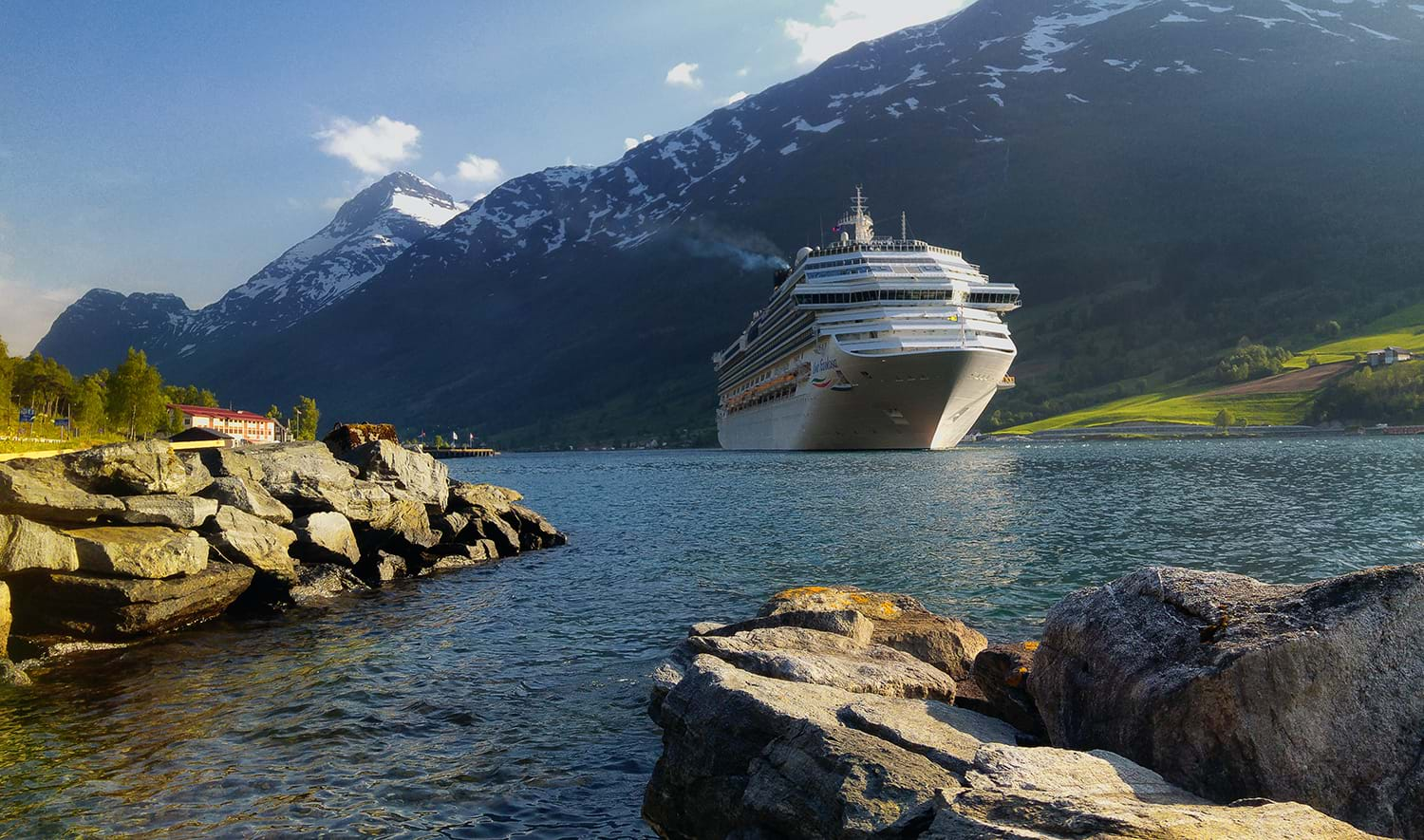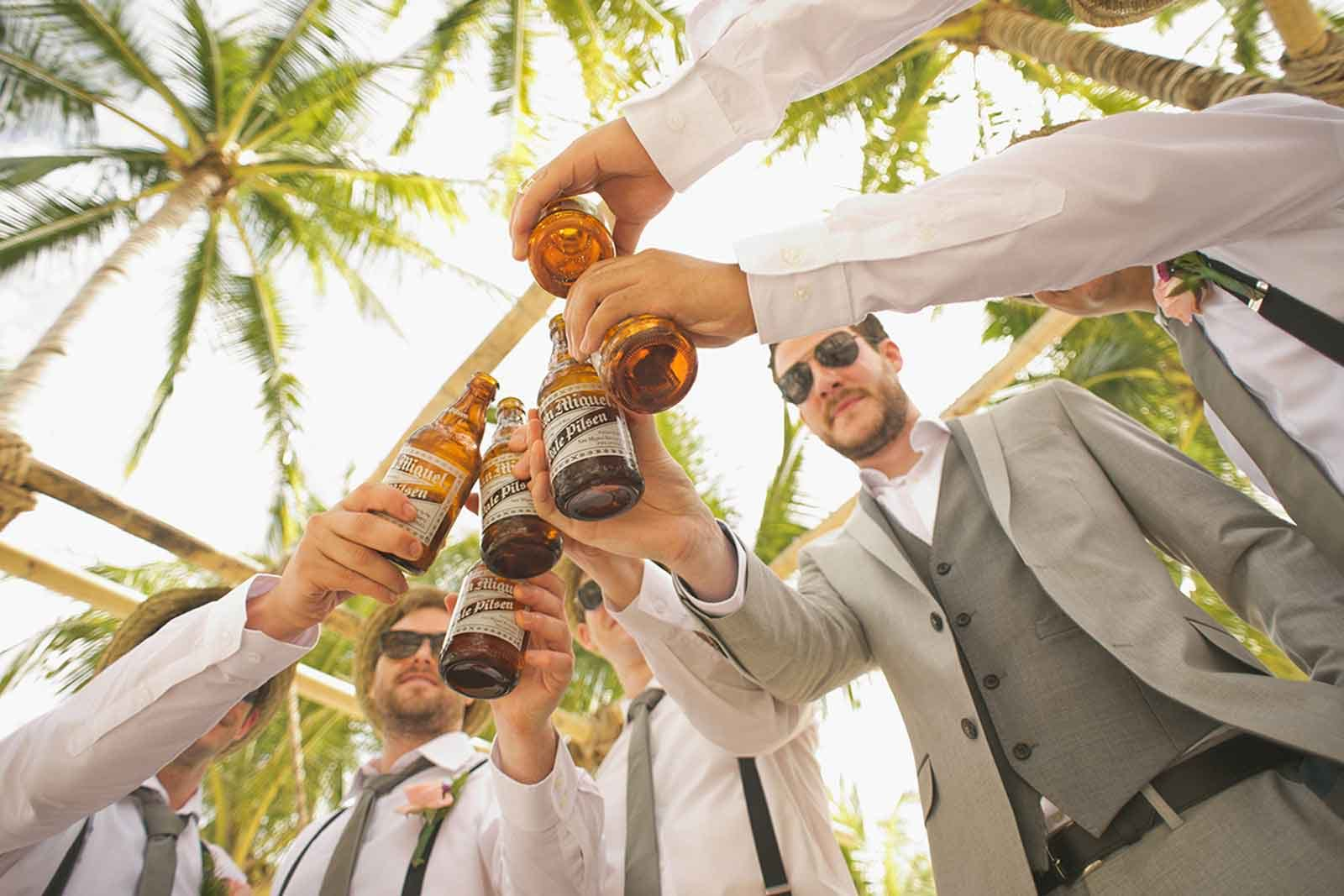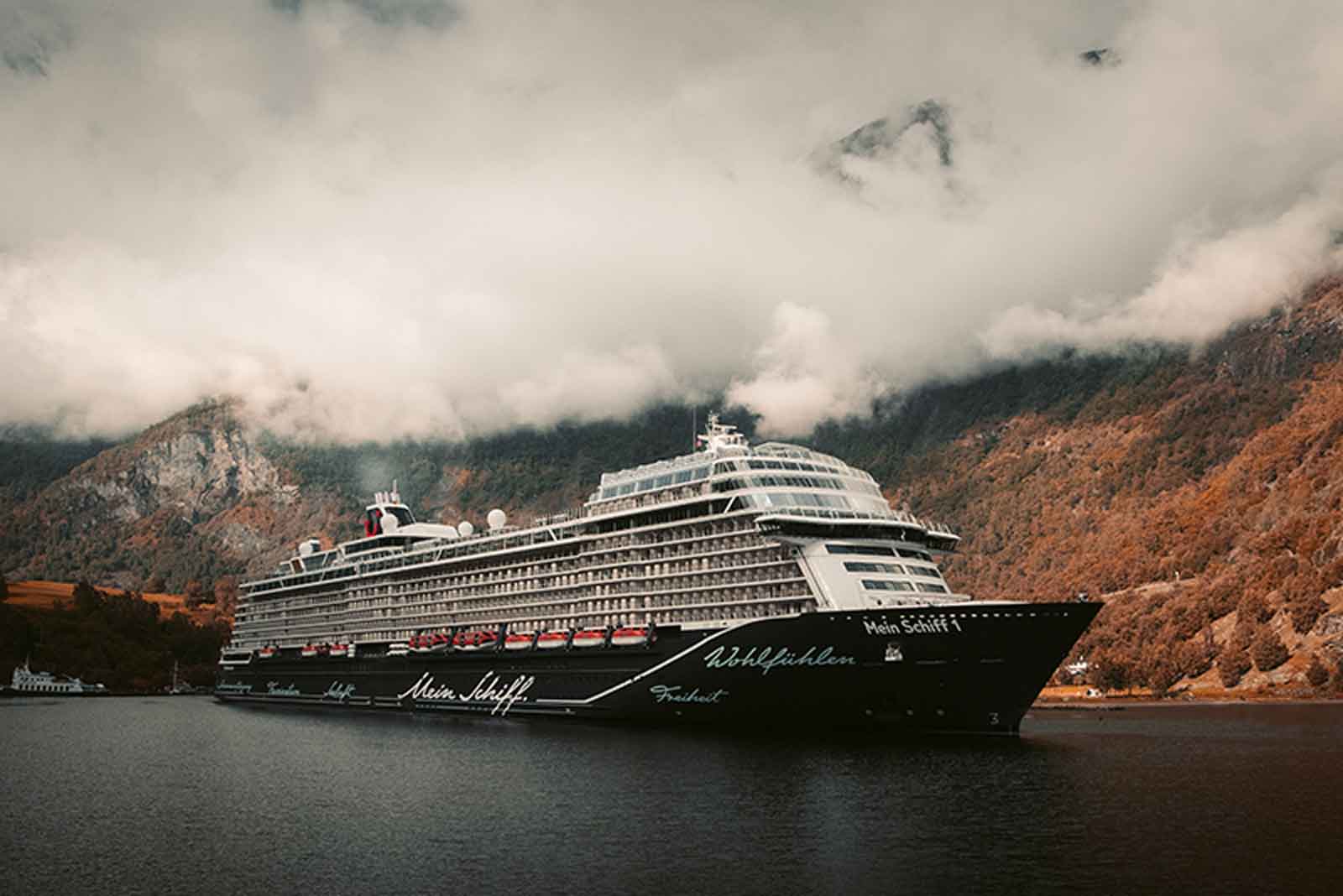OVERVIEW: CRUISE PACKING CHALLENGES
Packing for a cruise – any type of cruise – is unlike packing for other types of trips, largely because of four big challenges:
1. Space restrictions
Cruise quarters are cramped – and not just hotel-room cramped. More like New York City high-rise budget-youth-hostel cramped.
Because the more people that can be fit onto a cruise ship the more money the cruise line makes, cabins are tiny, with every inch of space put to use. That translates into less sprawl room for you and your luggage.
Because there’s no room for extra stuff on a cruise ship, everything you pack has to have a use. If it’s there for show, it’s gotta go.
2. Variable weather conditions
You’re going to spend time on deck. The problem is, you can never be quite sure what the weather will be, and what you’ll need to wear to feel comfortable.
Even tropical climates can feel chilly when the evening breezes start blowing, so a windbreaker or light jacket is a necessity no matter how high the daytime temperature.
Things only get more complicated when cruise itineraries take you further north or south. For these cruises, rain gear, sweatshirts and more heavyweight jackets that can be layered are recommended.
How do you pack when you can’t be sure of the weather? Think combinations of clothes and layers as opposed to flip-flops and a parka.

Photo by Damir Spanic on Unsplash
3. Carry-on restrictions and other regulations
The Transportation Safety Administration regulates and restricts the contents of carry-on luggage, and monitors the contents of checked luggage.
In addition, some cruise lines have their own prohibitions, which can include alcohol, firearms and other contraband.
Finally, ports of call may have their own rules on what’s allowed to be brought into their countries.
The general rule of thumb is if you’re not sure whether something’s allowed, leave it at home.
4. Formal vs. informal wear
Many cruisers are vexed by the question of whether formal wear on a cruise means polo shirts or tuxedos for men, and evening gowns or slack suits for women.
In general, on a cruise “informal” means “business casual,” and that should suffice for all but the most formal evenings, even on the more upscale ships.
Formal wear is typically cocktail clothing for women and sport coats or suits for men.
Check with your cruise agent before you leave home if you’re unsure about packing clothing for formal and other theme nights. Your ship may also rent formalwear like tuxedos, so you don’t have to bring your own.

Photo by STIL on Unsplash
PACKING FOR SPECIFIC CRUISE TYPES AND THE NEED FOR A PACKING CHECKLIST
There’s scientific proof multisensory stimulation helps people perform complex tasks. The act of making a list helps your brain make better decisions about what to do. A list also carries with it the implication to act on that list.
That’s why we make packing lists – and why a comprehensive cruise packing list is so important.
Different cruises require you to pack differently. These checklists and tips can help you pack more smartly for – and get more out of – warm-weather cruises, cool-weather cruises, adventure cruises, and river cruises.
PRO TIP 1: NO MATTER WHAT, PACK A CARRY-ON BAG
All our checklists include a long list of stuff that you should cram into your carry-on, because depending on the ship's size and the cabin stewards’ efficiency, you might not see your main bag for awhile. Bags unfortunately do get lost on cruises.
A carry-on that can carry the essentials and maybe even double as a daypack can be a lifesaver when your luggage takes a vacation of its own. Just don’t let that bag out of your sight!

Photo by Andrew Neel on Unsplash
PRO TIP 2: PACK FOR 10 DAYS MAX
To be honest, a seven-day cruise packing checklist isn’t going to look much different than a 10-day list, which isn’t going to look much different than a 30-day list.
The reason: Space constraints make it impossible to pack unique items for more than seven to 10 days on most cruises.
If you’re on a cruise that lasts longer than that, pack laundry essentials and wash out things on a need-to-wear basis.
Nobody wants to spend a glamorous shipboard evening washing out socks and underwear. But the tradeoff is less hassle, more room … and a steady supply of clean clothes.







